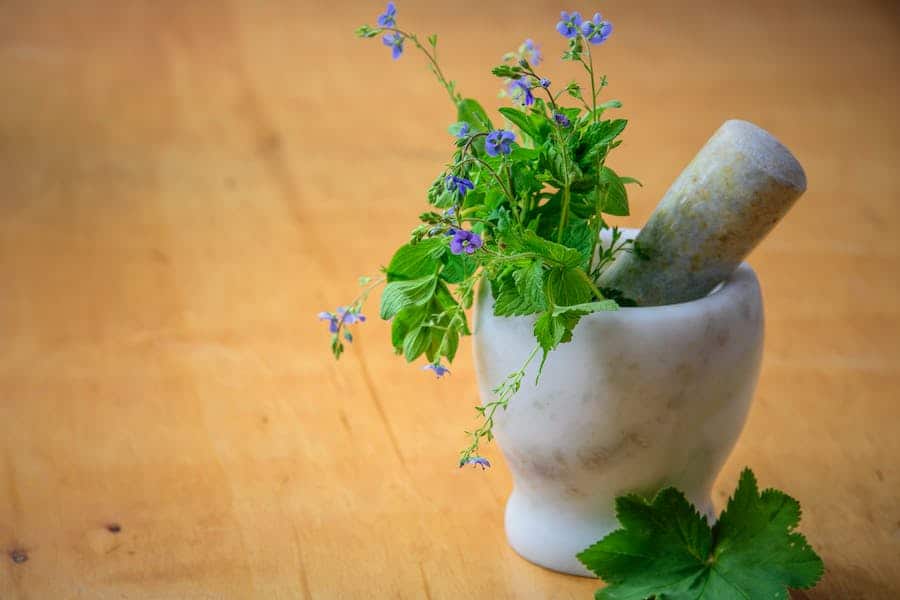In a world where natural remedies are gaining more attention and credibility, many plants have emerged as popular choices for those seeking alternative therapeutic options. With their respective claims of promoting relaxation, reducing pain, and improving overall well-being, it can be challenging to decipher which path to natural wellness is the most suitable for your needs.
Demystifying Plant and Herbal Remedies
An In-Depth Exploration of Nature’s Pharmacy
As interest in natural wellness continues to surge, a myriad of plants and herbs have captured the spotlight for their potential health benefits. From ancient traditions to contemporary practices, the world of plant-based remedies offers a diverse array of choices. This article delves into the distinctions between various plants and herbs, unraveling their origins, methods of consumption, and the potential therapeutic benefits they bring. Whether you are a curious beginner or a seasoned alternative medicine advocate, this comprehensive guide aims to empower you with the knowledge needed to make informed decisions about incorporating plant and herbal remedies into your wellness routine.
The Wisdom of Traditional Remedies
Exploring Time-Honored Herbal Practices
Many plant remedies have deep roots in traditional medicine systems that span cultures and centuries. Ayurveda, Traditional Chinese Medicine, and Native American herbalism are just a few examples of ancient traditions that have harnessed the healing power of plants. This section of the guide explores the origins and principles behind these traditional remedies, shedding light on the holistic approaches that have withstood the test of time.
Popular Herbal Choices and Their Benefits
From Chamomile to Turmeric – A Guide to Common Herbal Allies
Navigating the world of herbal remedies involves understanding the properties and potential benefits of various plants. From the calming effects of chamomile to the anti-inflammatory properties of turmeric, this section provides an in-depth exploration of popular herbal choices. Each plant is examined for its historical uses, active compounds, and modern applications, allowing readers to make informed decisions based on their wellness goals.
Kratom and CBD – An Overview of These Natural Remedies
Originating from Southeast Asia, Kratom is a tropical tree in the coffee family that has been used for centuries as a traditional medicine. Its leaves contain compounds known as alkaloids, which produce stimulating and sedative effects when consumed. Traditionally, locals would chew on fresh kratom leaves to increase energy levels and reduce fatigue during long workdays. However, Kratom is now more commonly consumed in powder form or brewed into a tea.
On the other hand, CBD (cannabidiol) is a compound found in hemp plants and has gained recent popularity for its therapeutic properties. Unlike Kratom, CBD does not produce any psychoactive effects and is commonly taken as an oil or tincture, but it can also be found in other forms, such as capsules, gummies, and topicals.
Check out kratomexchange.com for more information on Kratom.
Methods of Consumption: Tea, Tinctures, and Beyond
Choosing the Right Delivery System for You
Plant and herbal remedies come in various forms, each with its unique advantages. Whether it’s sipping on a calming tea, taking a convenient tincture, or incorporating herbs into daily meals, the method of consumption can significantly impact effectiveness. This section guides readers through the different ways to incorporate plant remedies into their routines, considering factors such as bioavailability, taste preferences, and lifestyle.
Personalized Paths to Wellness
Tailoring Natural Remedies to Individual Needs
Wellness is a personal journey, and finding the right plant or herbal remedy involves understanding individual needs and preferences. This section encourages readers to explore their unique wellness goals and provides guidance on creating personalized paths to natural wellness. By considering factors such as existing health conditions, desired outcomes, and lifestyle, individuals can tailor their approach to plant and herbal remedies for maximum efficacy.
Conclusion
In the diverse landscape of plant and herbal remedies, understanding the varied paths to natural wellness is essential. From traditional practices to modern applications, this comprehensive guide has illuminated the origins, benefits, and consumption methods of various plants and herbs. Whether you are embarking on a new journey or refining your existing practices, the knowledge gained here empowers you to make informed choices on the path to natural wellness. As the world increasingly turns towards holistic alternatives, may this guide be a valuable resource on your quest for health and balance through the wisdom of nature’s pharmacy.

